Jameh Mosque of Isfahan
The Greatest Museum of Iranian and Islamic Architecture. This is the title given to the Jameh Atiq (ancient) Mosque of Isfahan. Jameh Mosque of Isfahan with an area of 20,000 square meters is one of the best examples of mosques of the Islamic era in Iran. During the 8th century, a small mosque was built in this area by a tribe of Arabs who had moved to Isfahan after conquering Iran. Initially, however, this mosque was built on the remains of a Sassanid fire temple. In the 10th century, during the reign of Buyid dynasty, Isfahan became one of the most important cities. The old mosque’s Qibla was not properly observed. Accordingly, the mosque was destroyed and replaced by a larger mosque. During the late 11th and early 12th centuries, the Old Mosque was expanded by the Seljuks. It, accordingly, became the main center of the capital of the Seljuk Emperor, Sultan Malekshah.
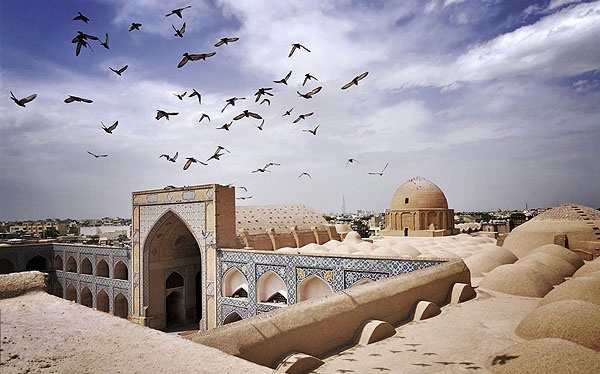
Expansions done by the Kings during different eras
It should be noted that the following dynasties each added a part to the Jameh Mosque of Isfahan. Some of these dynasties also added decorations such as plasterwork, brickwork, tilework and Gereh Chini (a type of decorative pattern) to different parts of the mosque. The first structure of the mosque was built during the Buyid Dynasty. This mosque was a mosque with a large courtyard and a small Shabestan (prayer hall) in its southern part. The Jameh Atiq Mosque went through major changes during the Sunni Seljuk reign and became a four-iwan mosque. Also, two domes were added in the northern and southern parts of the mosque which were called Taj al-Mulk and Nezam al-Mulk Domes. During the Ilkhanid Dynasty, the Al-Jaitu Prayer Hall was added in the western part. The altar of this Prayer Hall is one of the masterpieces of plasterwork in Iran. Sultan Mahmud Mozaffari also added Omar Vault or Sofee to the eastern part and a prayer hall to the northern part of the mosque. The Minarets were added to the mosque during the reign of Hasan Aq Quyunlu, who was of Turkmen descent. During the Safavid Dynasty, more tileworks were added and a prayer hall was built in the southwestern part. The last extensions are the main gate and the current entrance, which was built in the southeastern part of the mosque during the Qajar Dynasty.
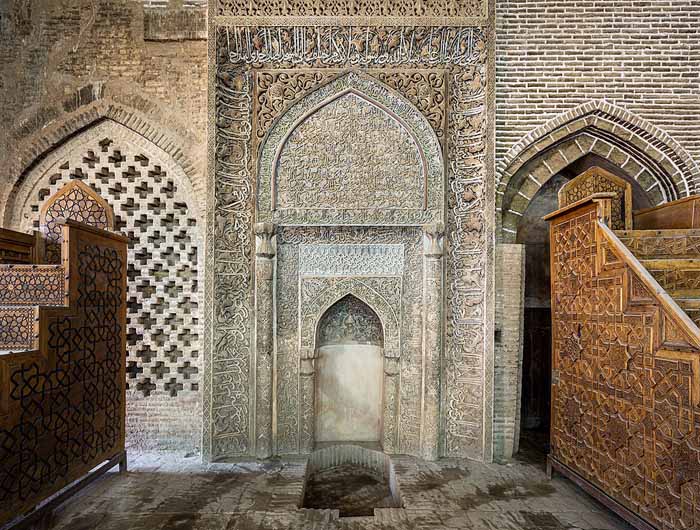
The Main Entrance
The main entrance is the southeast entrance which is open to the public. The visitor must pass through a narrow hallway to enter the courtyard of the mosque. At the end of this hallway, an altar can be seen on the south wall. The plasterwork of this altar dazzles the eye of every human being. Usually, for inscriptions on the altars, Thuluth calligraphy is used for the holy names or verses of the Quran. It is also common to use Arabesque and the designs of flowers and plants. The presence of this altar in the hallway confirms the fact that there was probably no entrance from this part of the Jameh Mosque of Isfahan. This is duo to the fact that Muslims do not normally use hallways for saying their prayers.
The Courtyard of Jameh Atiq Mosque
The courtyard of the Jameh Mosque of Isfahan is one of the largest courtyards among Iran Mosques. In the middle of the courtyard, there is surface which is 30 cm above the main ground. For larger crowds of people, the yard space was also used for prayer time. Overall, Muslims should pray in a place that is clean from any pollution and impurity. Therefore, this surface has been created so that no one can step on it for passing through the yard. The ground surface can, accordingly, be used as a passage. In this yard, there are two marble pools that people can use for ablution before prayer. On one of these pools, a square structure has been installed. This structure was designed during the reign of Sultan Mohammad Khodabandeh, the father of Shah Abbas I. According to Islamic traditions, Muslims should visit Mecca at least once in their lives when they can afford it. This pilgrimage is held every year at a certain time of the year and is accompanied by special rituals. After performing all the rituals, the person is named Haji. Before going on this pilgrimage, they could have passed lessons on the rituals. Among these rituals was circling around a square structure. Accordingly, for doing so, they used this square structure on the pool as a symbol of the Kaaba.
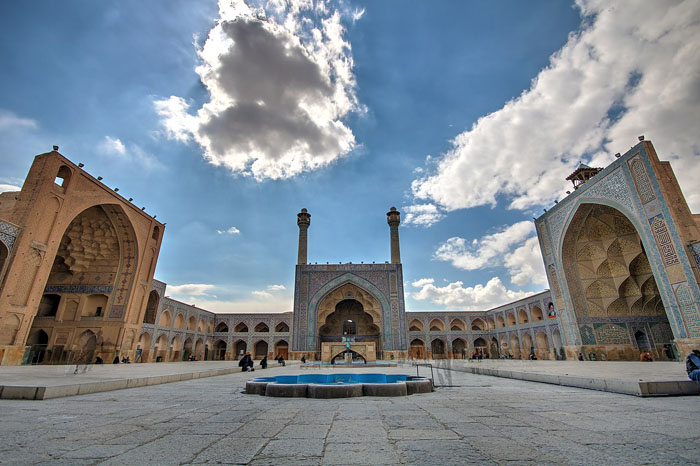
The Sothern Front; Nezam al-Mulk Dome
The Nezam al-Mulk Dome is located on the southern front of the Jameh Atiq Mosque. The uniqueness of this dome is due to the fact that in its time, designing a dome with this height on a large surface was not common. Therefore, this work was considered one of the innovative wonders of its time. The absence of columns under the southern dome of the Jameh Mosque of Isfahan has created a vast space. There are also inscriptions in the south iwan that belong to the Safavid Dynasty. Because the Jameh Atiq Mosque was a public place, tax-exempt and other orders were engraved on inscriptions and displayed to the public here. Whenever the Safavid kings won a war, they exempted tax payments for a certain period of time. In the eastern part of the Khaje Nezam al-Mulk dome, there is a Shabestan (prayer hall) that was bombed by the Iraqi Air Force during the Iran-Iraq War from 1981 to 1989. The attack destroyed part of the Shabestan. But with the efforts of Isfahani architects, it was initially restored. The inscription for repairing and renovating this Shabestan is on the eastern wall of the mosque.
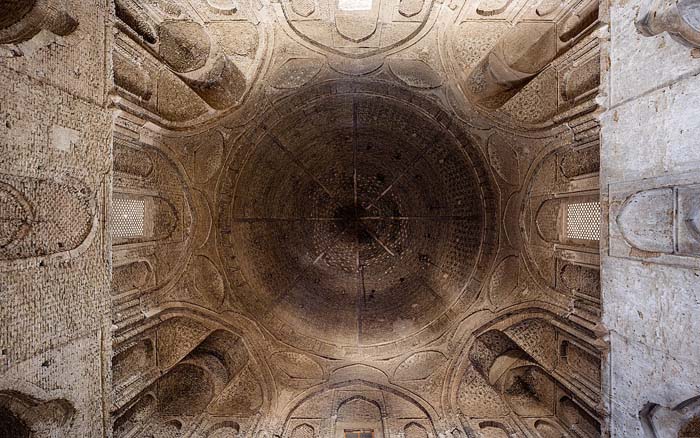
The Western Front; Beit al-Shatta and al-Jaitu
The western front of the Jameh Mosque of Isfahan is dedicated to the Shabestans (prayer halls) of Beit al-Shatta and al-Jaitu. The vaults and the Shabestans were used by people during the hot seasons of the year. Prayers, accordingly, were held in the shade of the domes and the Shabestans. But on special days, such as Fridays, when political and religious prayers are held, large crowds would pray in the courtyard, out in the open. But during the cold seasons of the year, it was no longer possible to hold prayers outdoors. Therefore, people used the closed spaces of Beit Al-Shatta and Al-Jaitu. These spaces would have provided a warmer space than usual with the presence of Muslims which would have provided a suitable space for their worship.
The Northern Front; Taj Al-Molk Dome
After the death of Nezam al-Mulk, Taj al-Mulk, the next minister of the Sultan Malekshah of Seljuk, ordered the same architects who built the southern dome to build a dome on the northern part of theJameh Mosque of Isfahan. Taj al-Mulk was actually one of the rivals of Nezam al-Mulk. The northern dome was probably not used for religious purposes but for holding political meetings. The reason for this claim may be the lack of an altar or pulpit in this part. This part of the Jameh Atiq Mosque is one of the masterpieces of the Mosque due to its very precise and unique brickwork. In the early 12th century, the northern part of the Jameh Mosque of Isfahan was set on fire by a group called the Ismailis. Great parts of the mosque, such as the library and possibly the monastery, etc., burned down. The Ismaili sect, which were in fact a group of Islamists, thought that the only way to promote themselves, was to assassinate their rivals and destroy their political and religious sites. The influence of the Ismailis was even close to that of the Seljuk Emperor. The assassination of the Seljuk Prime Minister Nezam al-Mulk is also attributed to this group. Eventually, with the attack of the Mongol Holakukhan and with the advice of Sheikh Nasir al-Din al-Tusi, their main headquarter (Alamut Fortress) was captured and many of them were killed.
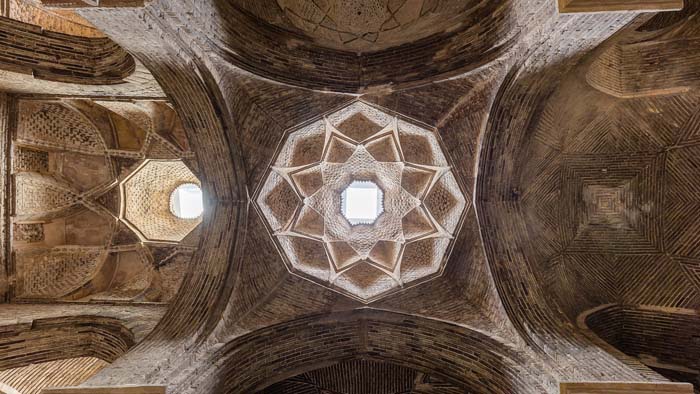
The Eastern Front; Omar Vault
Omar Vault or Sofe Omar was constructed on the eastern front of the Jameh Atiq Mosque by Sultan Mahmoud Mozaffari. Omar is one of the caliphs of the Muslims who has a special respect among the Sunnis. During the Afghan rule, after the reign of Safavids, some decorations were added here. Among the names that can be seen on the tiles of this vault is Mullah Saffron. He was one of the most famous mullahs of the Afghan era who ordered the execution of many Shias. After Nader Shah of Afshar invaded Isfahan, this mullah fled to India with the Afghans. In the middle of the road, imagining that Nader Shah was just looking for him, he drowned his wives and children and then killed himself. But Nader Shah, after finding his dead body, did not back up. Instead, he advanced to India.
Jameh Mosque of Isfahan; the core of the city
Jameh Atiq Mosque did not lose its glory after the construction of Naqsh-e Jahan Square and Abbasi Mosque during the reign of Shah Abbas I of Safavid. Although the main center of the city was changed at that time, the Old Mosque and the Old Square kept their importance at that time. Grand Bazaar of Isfahan was originally built in the area of the Jameh Mosque of Isfahan and the Old Square. By the order of Shah Abbas, this bazaar continued to the southwest and at the end it was connected to Qeysarie Bazaar (Grand Bazaar of Isfahan) at the northern entrance of Naqsh-e Jahan Square. Even now, the Jameh Mosque of Isfahan hosts Muslims for performing their prayers on a daily basis.
Jameh Atiq mosque is open:
Everyday 09:00 – 11:00 14:00 – 17:00
(3.3 km) from Narcis B&B (about 8 min walking )

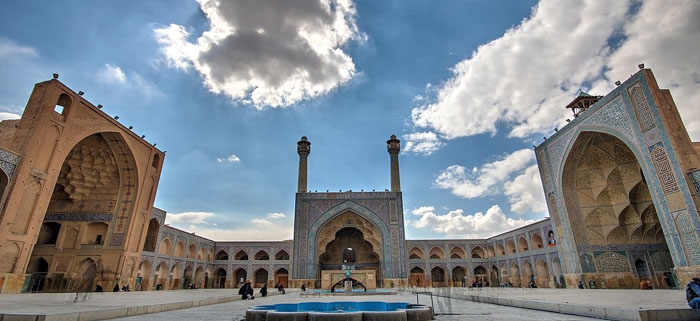
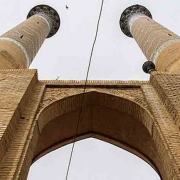
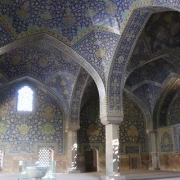
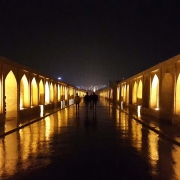
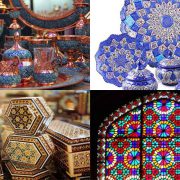
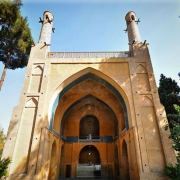
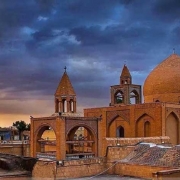
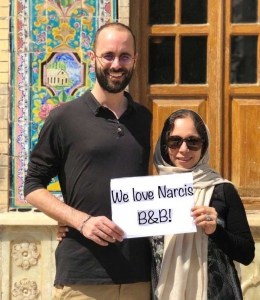




Leave a Reply
Want to join the discussion?Feel free to contribute!